- Joined
- Sep 20, 2018
- Messages
- 1,120
- Reaction score
- 1,091
Screenshots because I don't want to deal with removing watermarks.
Values are in the range previously guesstimated.
One interesting tidbit though:
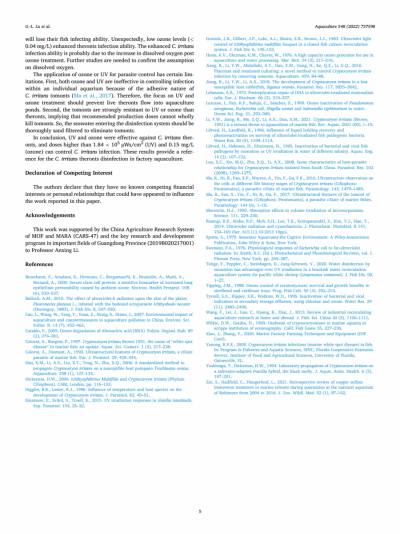
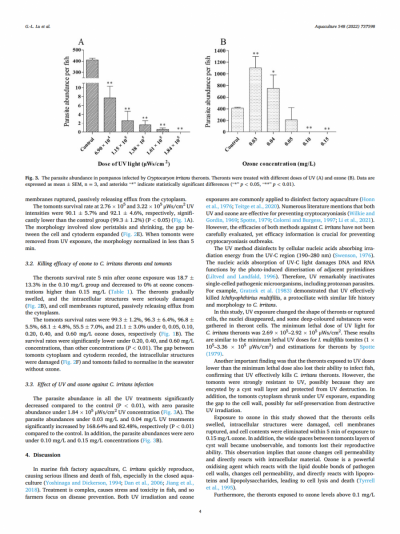
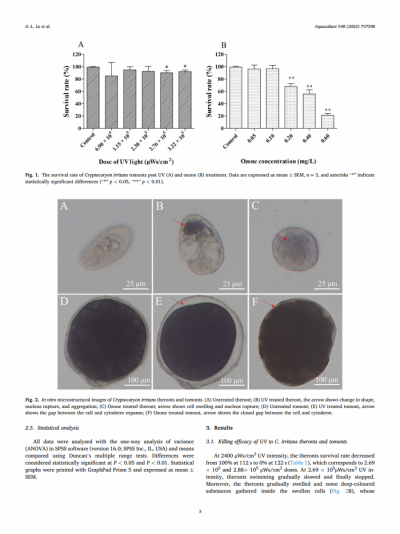
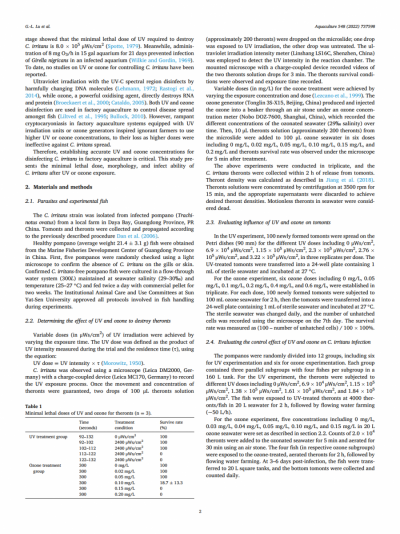
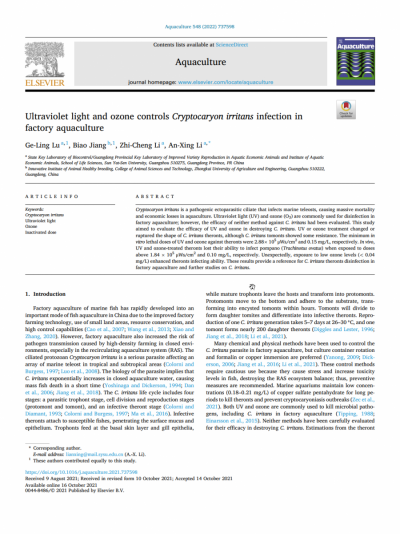
Values are in the range previously guesstimated.
One interesting tidbit though:
Another important finding was that the theronts exposed to UV doses lower than the minimum lethal dose also lost their ability to infect fish, confirming that UV effectively kills C. irritans theronts.





















